|
When you have chronic pain, you get very familiar with pain that makes itself known every day. You may have some good days and some bad days, but either way its good to have a toolkit of things you can do at home to help reduce, manage or avoid pain flare ups. This is even more important now, while Melbourne is under Stage 4 Restrictions in response to COVID19 and seeing your Myotherapist is no longer an option. Your toolkit will likely be different to someone elses, but these are some of the things that you can incorporate at home to help keep pain as low as possible.
Gentle movement - Walking, yoga, pilates, dancing, cycling, and other low impact exercises to keep your joints and muscles mobile. What you can achieve may change day by day, work within your own limits. There are plenty of free or affordable online options, my favourite that I'm personally using throughout lockdown is Erica Webb Yoga & Pilates virtual studio ($37 a month for unlimited classes) Stretching - Make time to stretch each day, especially the muscles that feel tightest. If you're working from home, its really easy to get stuck sitting for hours at your desk - or couch, coffee table, hammock, whatever your work from home set up looks like. Self care tools - Foam rollers, tennis balls and spiky balls, acupressure mats, TENS machines: these can all help reduce muscle pain and tension. Don't have one? You can pick these up cheap online on eBay or through sports stores. Hot or cold therapy - Heat packs, hot water bottles, electric blankets to keep you warm and take away some of the ache. Ice packs or cool compresses can work better for acute inflammation areas or for numbing persistent pain. Nutrition and hydration - Eat well, drink water, and avoid foods that tend to flare up your pain. Pre-plan meals and snacks so you can have some easy to grab options on bad pain days where you don't have the energy to cook (or clean!) Stress management - Easier said than done during a pandemic, right? Find things that bring down your stress levels, that will be different for each person, but some classics include reading, listening to music, taking a nap, having a warm soak in epsom salts, booking a telehealth appointment with a counsellor, writing in a journal. Seek support - Don't suffer alone! Reach out for a conversation with your friends, family, coworkers, neighbours. Don't forget there are plenty of services to support you, including talking with your GP, a counsellor, and support groups online. Pain relief - I know a lot of our patients choose not to use pain relievers, but in these times where its hard to get access to hands on treatments that help, you may find that taking pain relief is helpful. This may include prescribed medications from your GP or over the counter recommendations from your pharmacist. Gels and creams - There are a heap of options for topical pain creams, the most commonly used ones include Deep Heat, Fisiocrem, and Voltaren. My personal favourite is a non-pharmaceutical blend by Doterra called Ice Blue Rub, its got a cooling menthol effect that is fairly long lasting, but it is on the pricey side for a cream. A little goes a long way! Sleep - What can you do to optimise your sleep cycle? A well rested body has the best opportunities to repair and recover. Some things to experiment with are an earlier bed time, switching off screens well before bed, changing your pillow, listening to relaxing music. We hope it won't be long now until we're able to offer hands on treatments again. As soon as we know more, we'll make an announcement and get our online booking page active again. Here in Melbourne, we're back in Stage 3 Restrictions. That means that most of our favourite ways to move, stretch and exercise may not be available to us right now, including gyms, yoga studios, pilates classes, martial arts, personal training, and lots more. So what are your options from home to keep moving, stretching and feeling physically well? Here are some of our favourite at home, online accessible resources. Erica Webb Yoga & Pilates Virtual Studio - Erica has an amazing and gentle approach to movement as medicine. Shes fun, insightful, and her classes are suitable for people of all ages and abilities. Erica is a local yoga teacher from Croydon. Her membership subscription costs less than a single traditional yoga class per month.
Nate Bower Fitness - you don't need a boxing bag to be able to follow along with these boxing drills. Guaranteed to get your heart rate up, and lots of beginner friendly classes. This YouTube channel provides free 20-30 minute boxing class videos. Couch To 5K App - Want to start running? This app helps you go from dusting off your old runners, to running a full 5km. Starting with very small bursts of running with big walk intervals, and as your fitness improves the interval timing changes, until you can make it through your full 5km run. I've used this app myself in the past and found it really useful and encouraging. You can use the official C25K app on Apple or Android, or there are plenty of similar versions for free (maybe with a few ads!) Mountain Pilates - Jeanette Tatton is a local pilates instructor in the Hills, and is running Zoom pilates classes each week. Pilates is a great full body workout that is gentle but effective at strengthening your body. Alpha Health - Our good friend Ash and her partner Paul are amazing personal trainers offering online coaching to keep you fit and moving throughout isolation. When Anytime Fitness in Ferntree Gully is open, Ash offers training there, too. What are your favourite online resources to stay inspired and healthy during lockdown? Let us know on our social media channels on Facebook and Instagram! When we make New Years Resolutions, we usually focus on what we want. We want to be fitter, thinner, better organised and able to give up bad habits. But have you ever wondered what resolutions your body might like you to make?
Our head myotherapist and resident body-whisperer Mel has 5 resolutions that your body is begging you to make this year. Move more throughout the day Our bodies were not designed to sit at desks for hours every day. They were designed to move constantly in a variety of different ways. Unfortunately, most of us can’t change jobs just to suit the body’s preferences! But you can find little ways to move more frequently throughout your day. For example, you could:
When you get up and change position regularly, your body will thank you. Regular movement can also reduce the risk of injury and pain that can occur when you’re physically inactive. Stretch out regularly Another important way that your body loves to move is with a good stretch! But when we sit for hours at a time, our muscles can tighten up and leave us feeling sore. So whether it’s at work, at home or even at the gym, find a way to incorporate a regular stretch. Make sure that you stretch until you can feel the muscle stretching out. But don’t go too far – pushing a stretch too deep too quick can lead to injury. If you do feel any sharp pain while stretching, you might have just stretched too far. But you might have an underlying injury that needs to be checked by your myotherapist. Focus on good quality sleep Our bodies do their best healing work as we sleep every night. So if you’re not getting enough deep and restful sleep, your body can’t maintain itself properly. A good rest isn’t just about how many hours you sleep. It’s also important to get quality rest, so your body can go into healing mode. Sleep is particularly important if you experience chronic pain. A poor night of sleep can worsen your pain the following day. But this goes both ways – worse pain during the day can impact on your sleep that night. Find a healthy way to manage your stress A lot of the less healthy choices we make can come back to stress. How we eat, move our bodies and unwind in our spare time often reflects how we deal with stress. But on the flip side, these factors can also make a big difference with how we manage stress. That's why it's a good idea to find a healthy way to manage your stress. There are plenty of options out there, including:
Take a proactive approach for body care When it comes to our health, most of us wait until something goes wrong before we actually do anything about it! But if we can switch to a more proactive approach to taking care of our bodies, we can get onto issues early or even prevent them. Book yourself in for a check-up with your GP, dentist, optometrist and any specialists you see regularly. When it comes to your muscles and joints, the team at Simple Wellness Myotherapy are here to help. To book in for a tune-up your body would approve of, head to our booking page here. Looking for an excuse to get a massage? We hear you! Massage can have a variety of benefits, especially when you are treated by a qualified remedial massage therapist. Here are our top 10 reasons you might want to get a massage this week.
You’re stressed out Let’s face it – most of us live pretty hectic lives. Between family, work, social life, hobbies and more, there isn’t much time for stress-relieving activities. Putting aside an hour for massage isn’t just about feeling good. Research has found that massage therapy can reduce the level of your stress hormone cortisol, as well as boosting up your feel-good brain chemicals. So it relieves stress physically as well as mentally. You’ve been hitting the gym lately Whether you’re doing a 12 week challenge at your gym or getting outside for a bootcamp, increasing your exercise can mean a lot of aches and pains. Massage is a great option for after a workout to aid with recovery. But you can also book yourself in regularly to address any tightness or discomfort in the muscles that can limit your gym efforts. You want to be more flexible Our bodies are designed to be flexible. But our modern world has had a big impact on how flexible the average person is. Between office jobs, Netflix and cars, we spend a lot of time sitting on our muscles instead of stretching them out. When a massage relieves tension in a ‘tight’ area, it can help your muscles, ligaments and tendons to be more flexible. You have a new fitness goal or event in mind Set a goal to run a marathon in 12 weeks? Signed up for Tough Mudder or a Spartan race? Want to be the next Ninja Warrior? Maybe you just want to get back to doing a proper push-up. Whatever your fitness goal or event, a massage will relieve tension. A remedial massage therapist can also let you know if you have any significant areas of tension or muscle imbalances that may increase your risk of injury. You’re sore or aching There are many reasons for feeling sore. But one of the simplest solutions is to get a massage. Massage can soothe away the aches and pains. If your pain is more chronic, massage can still help to relieve symptoms. In fact, research suggests that multiple massages may be more beneficial for relieving symptoms of pain for issues such as chronic neck pain. Sounds like a good reason to book in a few appointments! You’ve got a headache A nasty headache can really screw up your plans and leave you grumpy. So why not get a treatment that can relieve those symptoms? Research has shown that massage can reduce the duration of a headache, as well as reducing frequency for those who experience chronic tension headaches. Think it’s more of a migraine? Massage can still help. One study found massage can reduce migraine pain by up to 68%. Just make sure you’re safe to drive, or ask a friend to drive you to your appointment. You haven’t been sleeping well If you’re not sleeping soundly, your body and mind can suffer some nasty consequences. Poor sleep can have many factors involved – caffeine, food choices, technology use, lack of sun exposure, stress, family, work, the list goes on. The good news is that massage can help address many of these factors as well as priming your body for sleep. There is plenty of research showing that massage can help with sleep. It can even help with sleep concerns for specific groups such as people with chronic pain or pain conditions, heart failure or post-menopausal insomnia. Your mental health has been a little low lately Whether you’re feeling blue or are getting anxious over little things, mental health is something to take seriously. When you’re not feeling ok, it can be hard to take steps to help yourself feel better. But one simple and enjoyable step is a massage! A review of 37 massage therapy studies found that the greatest impact of massage is its ability to reduce anxious and depressive symptoms. In fact, they suggested that a course of several massage treatments showed similar benefits to psychotherapy! It’s been a while since you’ve taken care of you Most of us are great at taking care of others. But we’re not so good at taking care of ourselves – physically, mentally or emotionally. Massage is a one-stop shop treatment for all of these aspects of self-care. Your body feels good, your stress levels drop and you are looking after your mental wellbeing. Because you can We think this is the best reason of all! If you’re looking for an excuse to get a massage, that in itself is a good enough reason for a massage. To book a massage with our remedial massage therapist Helvi, head to our booking page and select ‘Helvi Topia’ as your practitioner. Nobody likes to feel sore and achey all the time. If you experience chronic pain, it can contribute to many other conditions and sabotage your mental health. But if you’re looking for natural ways to relieve pain, the first place to look to is your diet. My good friend and incredible Nutritionist, Sam Gemmell, has taken the time to write this guest blog to explain more. Oily fish
Fatty fish are a potent source of omega-3 fatty acids, which are naturally anti-inflammatory. Most studies that have been published focus on omega-3 supplements. But there are small studies that support consuming it as part of the diet as well. One showed that consuming fatty fish 4 times per week can reduce inflammatory compounds in the body. 3-4 serves of oily fish per week is a good number to aim for. If you prefer plant-based sources, include walnuts, chia seeds, flaxseeds and hemp seeds daily to reap the benefits. Olive oil Looking for a healthy source of fat to include in your diet? High quality olive oil has properties that may help to reduce joint-related symptoms. One animal study showed that extra-virgin olive oil reduced joint swelling, slowed the destruction of cartilage and reduced inflammation. But don’t worry – the benefits are for people as well! One study showed that people who consume olive oil are less likely to have rheumatoid arthritis. Olive oil can be drizzled over salads, or used to sauté ingredients. But it's not great for deep frying - deep frying isn't good for you anyway! Berries Berries are the best fruit ever, at least in my opinion! They are chock-full of nutrients including vitamins, minerals and antioxidants that can help to reduce inflammation naturally. One study showed that people who ate at least two servings of strawberries per week were 14% less likely to have elevated inflammatory markers. Researchers also suggest that blueberries and strawberries may offer protection against arthritis. Want to up your berry intake? Chuck them in your smoothies, porridge, salads or just straight into your mouth. Spices Spice things up in the kitchen! Pretty much any herb or spice will have antioxidant and anti-inflammatory properties. But if we’re going to play favourites, turmeric and ginger are bestfor sore joints and arthritis. There are many research studies that show supplementing with turmeric can be beneficial for arthritis. But adding it into your diet can still help as well! Turmeric is not well absorbed, so the best consume it is with a source of good fats and some black pepper. Research into turmeric and ginger has shown that both have anti-arthritic effects. How to use them? It’s simple – sprinkle your favourites spices everywhere! Turmeric and ginger can be added to sweet and savoury dishes. Tart cherry juice Tart cherries are packed full of antioxidants that can support your joint health. One study looking at osteoarthritis showed that consuming 475ml of tart cherry juice daily significantly reduced symptoms and inflammation. Tart cherry juice can also reduce inflammatory markers. But the benefits don't stop there. Tart cherry juice is also a natural source of melatonin, which is needed for deep, restful sleep. If you’re not getting quality sleep, your body can’t repair damage effectively, which can exacerbate pain. Ready to get into tart cherry juice? Make sure you choose an unsweetened variety. Otherwise, a lot of the benefits will be cancelled out by excess sugar. Green tea Don’t get me wrong, I love my coffee. But green tea is king when it comes to caffeine-containing beverages if you’re in pain. Green tea contains a potent antioxidant known as ECGC. ECGC has been shown to reduce inflammatory cytokines in research. And although trials are in the early stages, the research also suggests that it could be beneficial in reducing inflammation in osteoarthritis. I often recommend that coffee drinkers alternate between coffee and green tea – so if you drink 4 cups of coffee per day, try 2 cups of coffee and 2 cups of green tea. But if you're not big on caffeine, even one cup a day can offer health benefits. About Sam Sam is a nutritionist, health writer and wellness speaker based in Melbourne. She loves to spread knowledge about food as medicine, and is passionate about personalised nutrition. You can find out more on her website. You might love your myotherapy sessions – in fact, I hope you do! But I never pretend that myotherapy is the be-all and end-all of healthcare. I’m an advocate for a holistic approach to your health. So today, I wanted to share some reasons why combining myotherapy with other therapies can help you to be your healthiest self. Combining therapies helps identify problem areas
I’m trained to spot health conditions related to the muscles, joints and bones. But other therapists are trained to spot issues elsewhere. By seeing more than one practitioner, we can work together to make sure we oversee your health in a holistic way. Often, teamwork is a more effective way to spot potential problems and address them before they get worse. Combining therapies ensures you have the support you need Looking after your muscles is important, especially if you have a chronic condition. But if you do have a chronic condition, it’s more than just your muscles that need support. When you add in another therapy, you can look after more aspects of your wellbeing. Combining therapies has a complementary effect Different therapies can work together to bring around a better outcome. For example, I can work the knots out of your muscles every session. But if they are stress-related, you might want to work with a naturopath and/or counsellor to work on a stress management program. That way, the benefits of my treatments will last longer for you. Combining therapies offers better education about your health Therapists are experts within their field. I can explain your muscles to you until I’m blue in the face. But other practitioners can give you insights into other aspects of wellbeing. The more you learn about your body and your health, the easier it is for you to keep healthy and happy. Combining therapies is preventative care Prevention is always better than treating a problem. The best way to prevent ill health is to actively work on it with a team of health experts. Seeing more than one practitioner means that you’re covering more bases with prevention. Practitioners I love working with I’m happy to work with anyone who is on your healthcare team! You may have different practitioners, depending on what support you need. But I love seeing my clients working with:
If you have a quality healthcare team you work well with, you will get the best healthcare available – it’s that simple! You can book your appointment online, or call me on 0401212934 so I can help you find a time that suits you best. It’s a new year, and that means we’re all ready to get healthier. But did you know that myotherapy can help you to achieve some of your goals? Let’s look at why regular myotherapy might be a good addition to your New Year’s Resolutions. Myotherapy aids in recovery from exercise
A lot of people hit the gym or sign up with a personal trainer in the New Year. Unfortunately, you can start off with a lot of enthusiasm – and that means a lot of pain during recovery. Often this can lead to you giving up after just a week or two, as it becomes too painful. The good news is recovery doesn’t have to suck! A myotherapy treatment, particularly early on, can boost your muscle’s recovery time. This means that your muscles will hurt less, recover quickly, and move the way they should. And that means you can get back into the gym sooner and achieve your goals! I recommend: Fortnightly or monthly treatments for the first 3 months of an exercise program Maintenance with sessions every 4-8 weeks, depending on how you feel Myotherapy is a good form of self-care Is adulting on your list for the New Year? More of us are realising that preventative is the way to go with our health. That is where myotherapy can be a good investment in your long-term health. When your body functions properly, you function properly. Healthy muscles and joints mean less pain, more energy and the freedom to do the things you want to do. How much more adult-y would you be if you didn’t have to deal with aching shoulders and a stiff sore neck? Put it on your non-negotiable list. Your muscles will thank you. I recommend: Maintenance with sessions every 4-8 weeks, depending on how you feel Myotherapy can be a great treat More and more, people are understanding how important it is to treat yourself. And the best treat is one that improves your health, instead of deteriorating it! You won’t get bloated, feel hungover or get sugar cravings when you get a myotherapy treatment. What you will be is feeling good within your body, because your muscles will be happier and healthier. So why not make the most of your health insurance and get a session that makes you feel good from the inside out? I recommend: Treating yourself at least 4 times per year – after all, you deserve a good treatment! The more often you can make time, the better you’ll feel. Ready to get your body happy and healthy? Make sure you book in for your January appointments here. Spots are filling up fast! If there’s one resolution to make in the New Year, it’s to boost your self-care. To help you do just that, I’ve asked two of my fellow practitioners to share their tips, as well as a couple of my own. Self-care is an ongoing journey. But by taking small steps each day, you can feel better. Sam’s Top Tips For Self-Care
Emily’s Top Tips For Self-Care
Mel’s Top Tips For Self-Care
Is self-care on your priority list for 2018? Let us make it easier for you! Emily and I have teamed up to create a Balanced Life Package to get you off on the right foot for 2018. You can get a 60 minute naturopathy appointment and a 60 minute myotherapy session for just $150 – saving you $60! To learn more or book your appointment, send through a message today. As we get into the party season over summer, you’ll be wearing heels and thongs instead of runners. But if you find that you start to get more aches and pains, your shoe choice might be to blame. How shoes affect posture
The way that our feet hit the ground when we move has a massive impact on the joints and muscles of the body. And that means it affects our posture. When we wear heels, for example, our bodies tilt forward. The body tries to compensate in response, but the muscles and joints cop the strain. The weight of your body is held on the balls of your feet, instead of balanced between the balls and the heels. Your knees and hips move forward and your back flexes backward to maintain balance. Flats might not have the height issue, but they can also impact on the body. Flat shoes cause the weight to be mostly on the heels, so the lower body tries to compensate so we don’t fall backwards. Wearing flats constantly can mean our posterior chain – including the calves, hamstrings and glutes – can weaken from lack of use. Even thongs (or flip-flops, for non -Aussie consumers) can cause postural issues. They have been found to cause pain in the feet and even hips and lower back, due to the lack of support and altered gait (how you walk when wearing them). The real issue is that you have to grip the shoe with your toes, so they are overworked. Pain that can occur So if your shoes are altering the posture of your body, pain can often follow. Incorrect shoes can lead to issues including:
How to reduce it I’m sure all myotherapists and bodyworkers would prefer everyone wear sensible shoes 24-7! But that’s easier said than done. So if you think your shoes are potentially causing issues, here’s some small tweaks to reduce the issues:
Not ready to give up your heels or cute flats? I don’t blame you! So instead, let’s work together to counteract the muscle imbalances. Pop in for a 30 minute appointment, and we can get you back to feeling good. Recently, more clients have been telling me they’ve experienced pain or discomfort in the wrist area. They come from all walks of life – mums, office workers, self-employed or even retired clients. Although there are many different causes of pain in the wrist area, many improve using one little trick I use Why wrist pain occurs Wrist pain can be all too common these days. Many of us use computers and smartphones that can increase the chance of wrist strain. However, there are other conditions that can impact, too. Repetitive use is a common issue in the wrists and hands, leading to repetitive strain injuries. Carpal tunnel syndrome can cause pins and needles, numbness and pain in the wrist. Arthritis can show up in the wrists. Even tennis elbow can extend into the wrist, causing discomfort. It’s quite common for people to have weaker muscles around the hands and wrists. We’re not having to climb rocky mountains and swing through the trees anymore, so most of us don’t maintain the strength in our wrists and hands. Wrist pain could present in:
Every case of wrist pain is individual. So the treatment needs to be personalised. But that doesn’t mean there aren’t little tricks to ease the pain in the meantime. How to relieve wrist pain For the majority of wrist pain cases, you want to strengthen the muscles in the wrist and hands. The stronger the muscles, the more strain they can take without pain. Strong muscles will also protect the joints from damage. That’s why I recommend this simple exercise to strengthen the smaller muscles in the arm. Combined with a personalised treatment plan, it can help to relieve discomfort in the wrist area. The exercise To do this exercise, all you need is an elastic band or rubber band – or even a hair tie will do the trick. On one hand, bring your fingers together until they are touching. Wrap the band around all of the fingers (even the thumb!) Then slowly open and close your hand, so the band stretches with your finger movement. The key here is movement with control in both directions. Try opening your fingers outwards for a count of 3 seconds, then hold for 1-2 seconds, and then – the hard bit – closing your fingers slowly over 3 seconds. Because of the resistance of the rubber band, your fingers might want to snap back to the starting position. The best results from this exercise come from slow controlled movement. PS - It should take a little effort, and give a stretch or even a bit of an ache, but not cause any acute pain. If it does cause sharp pain, stop! This is just one of the home exercises that may help your pain. To get a personalised treatment and exercise plan, pop over and book a session with me today. Please note: This exercise is a tool, and is no substitute for an assessment by a qualified practitioner! If you’re experiencing unexplained wrist pain, seek out a professional opinion. |
Meet Our Team
We have a team of great practitioners available 7 days a week at our Rowville clinic. Archives
July 2024
Categories
All
|
Got a question about Myotherapy?
Contact Mel by phone, email or Facebook
|
Simple Wellness Myotherapy & Remedial Massage Clinic
Shop 12B 150 Kelletts Rd Rowville VIC 3178 |
Phone us on
03 8204 0970 |

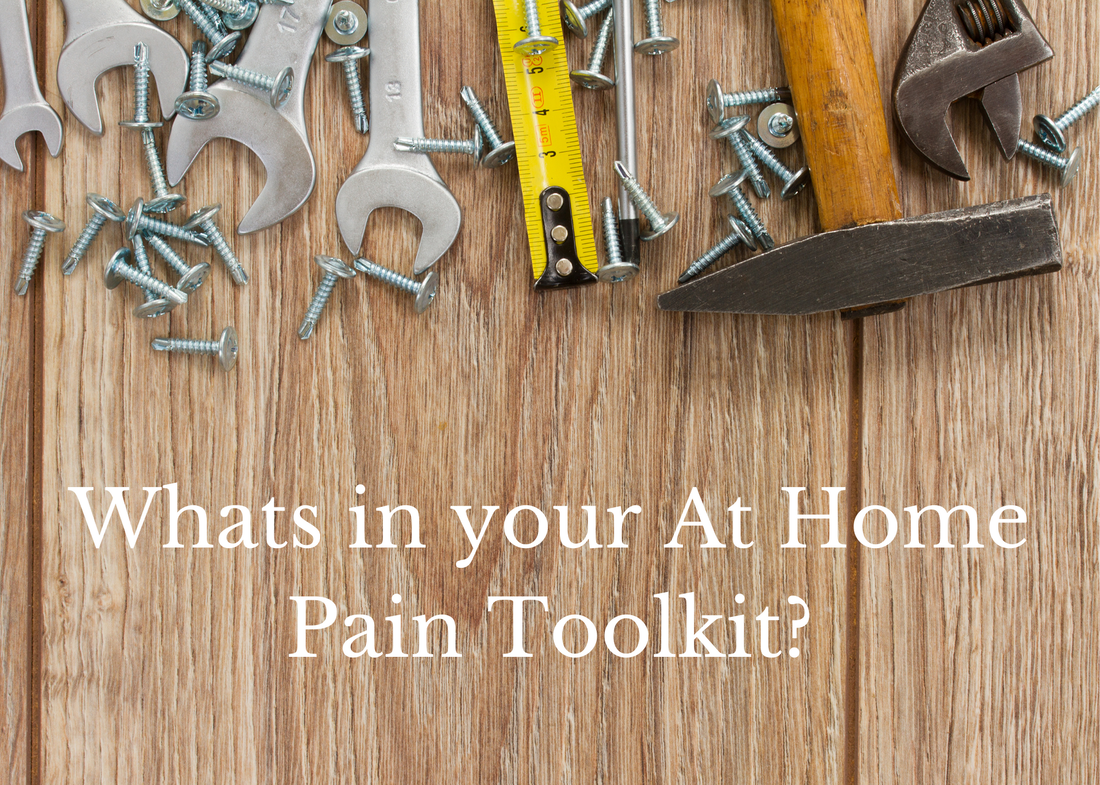
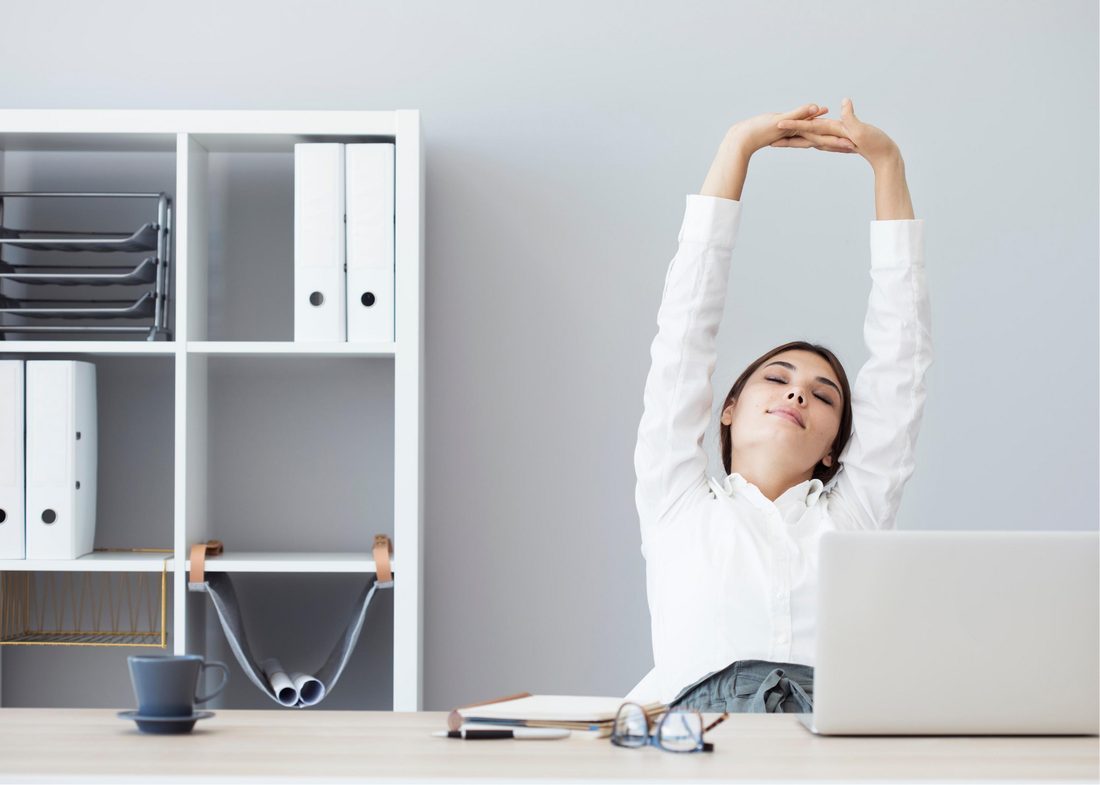

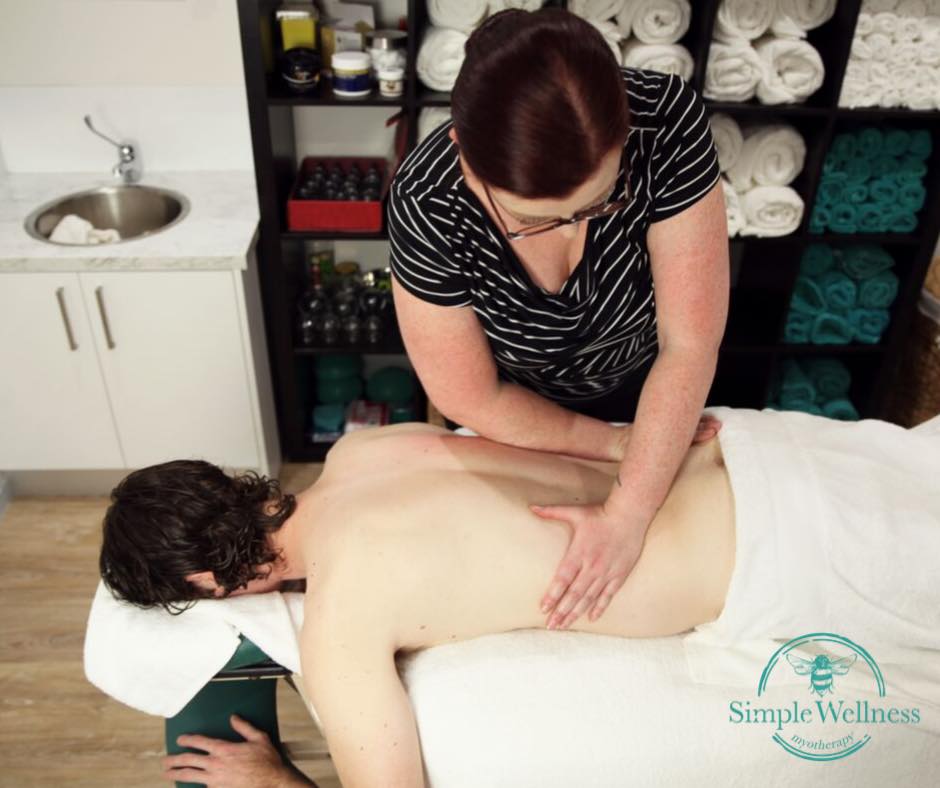
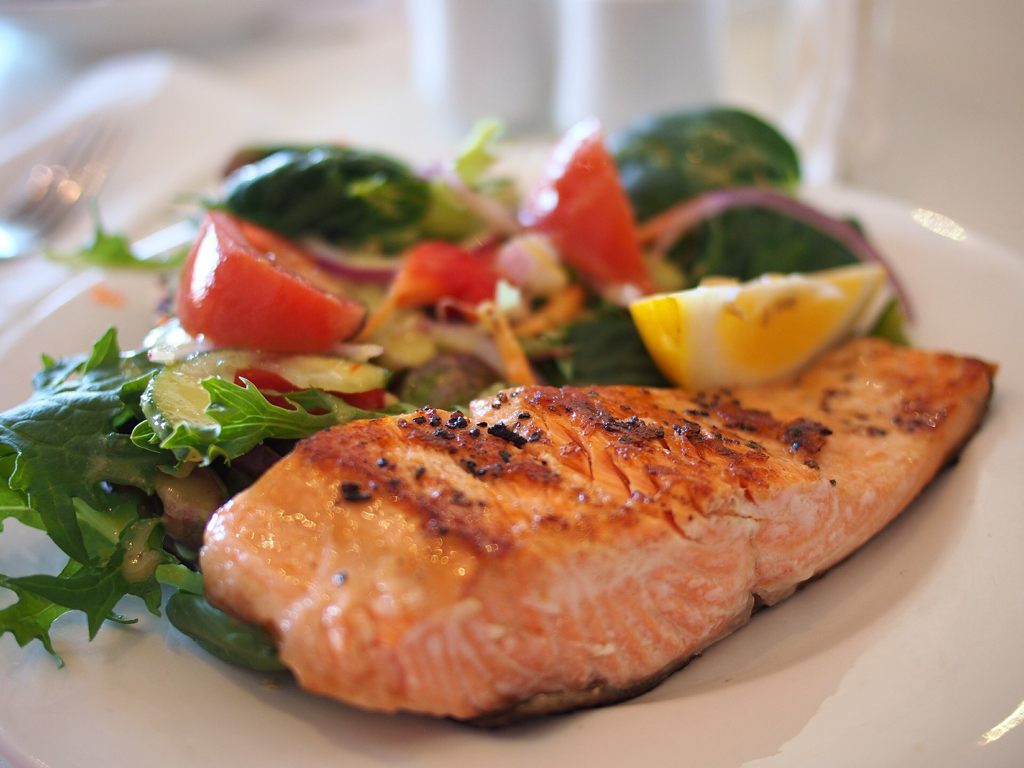
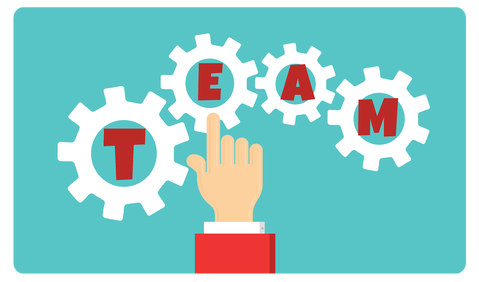


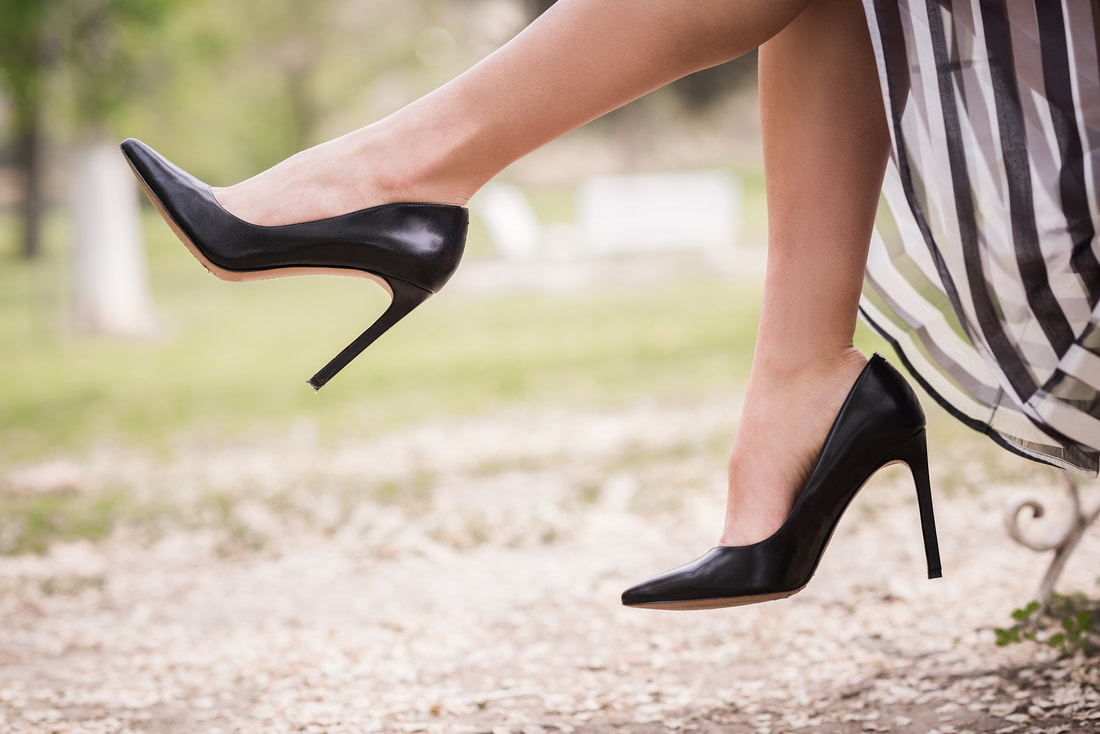
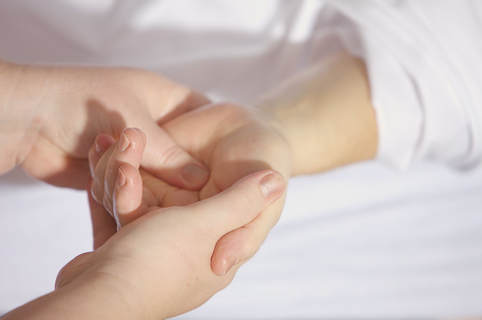
 RSS Feed
RSS Feed